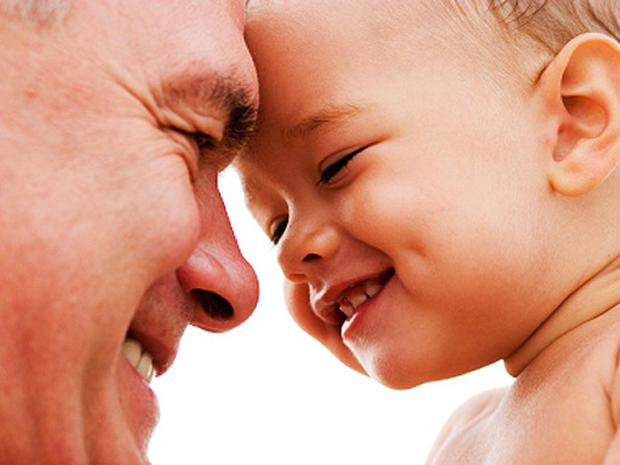Birth rates among unwed cohabitating couples rise in U.S.
(CBS News) - Over the past decade, more children are being born to unwed mothers and fathers who live together.
U.S. teen pregnancy rates at an all-time low
CDC: Many teen moms are clueless about pregnancy chances
"16 and Pregnant": Can show scare sense into teens?
According to a new report from the Centers for Disease Control and Prevention (CDC) as part of the National Survey of Family Growth, first births among unwed parents between the ages of 15 to 44 have risen from 12 percent in 2002 to 22 percent between 2006 and 2010.
Looking back to 1970, 11 percent of all live births were to unmarried women. In 2009, that number jumped to 41 percent. However, there has been an increase in women living with their partner. While they may be in a committed relationship, the study cited some concerns about unwed parents including less family traditions, less stability, fewer resources and the fact that a large proportion of these births tended to be unplanned. Still, among the births between unwed parents in 1999 and 2002, 35 percent were intended.
The report looked at fertility estimates for men and women over a four year period. In-person interviews with 10,500 men and 13,000 women took place between July 2006 and June 2010.
Contrary to previous reports, birth rates among teen mothers are not on the rise. A recent CDC study found the average teen birth rate decreased 9 percent from 2009 to 2010, according to HealthPop. It's the lowest rate ever recorded since the organization started monitoring the birth rate, now averaging to 34.3 births per 1,000 women aged 15 to 19.
The new CDC report showed that the average age of a first-time mother is 23, while a first-time father tends to be 25. American women with children typically have 2.1 kids. These statistics are consistent with earlier reports.
The report also stated that half of the first birth's took place while the woman was in her 20s, while two-thirds of first births were fathered by men in their 20s. By age 40, 85 percent of the women had given birth, and 76 percent of the men had fathered a child.
The results differed between races and ethnicities. Hispanic men and women tended to have more children than white and African American women, which may have been influenced by the fact that they tended to have children at an earlier age.
Men and women with lower levels of education were more likely to have more children and at earlier ages than those who pursued further schooling.

